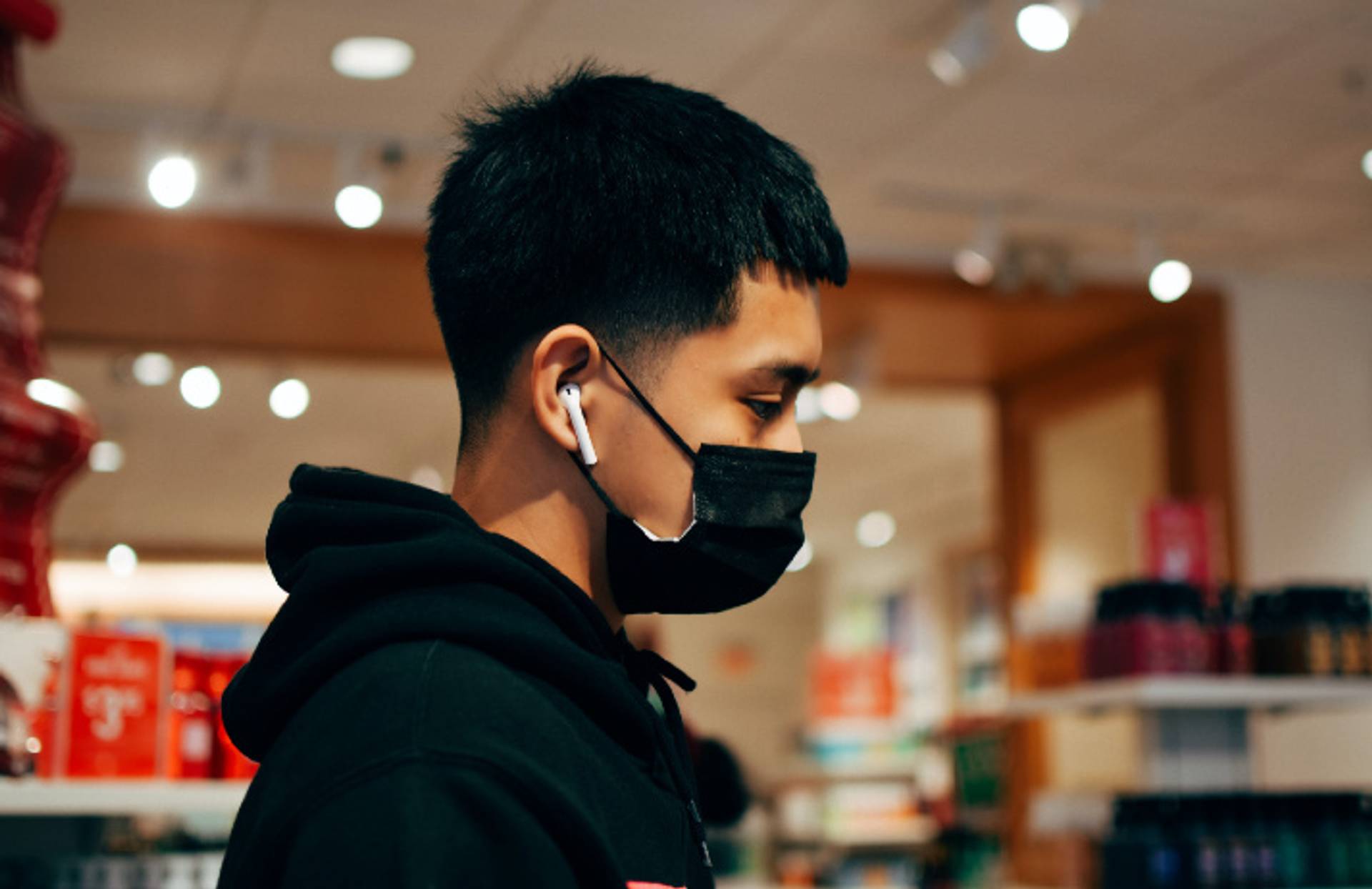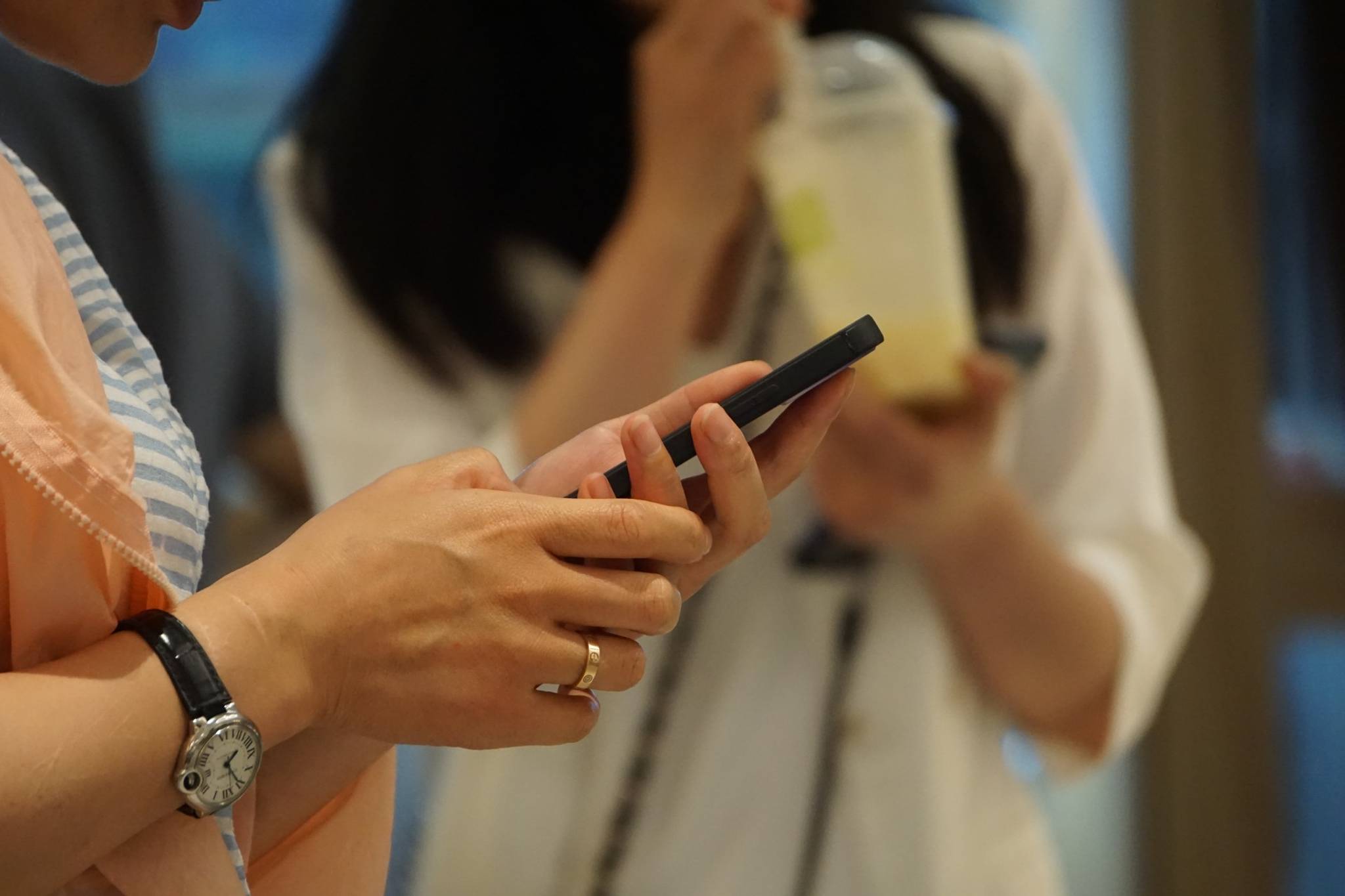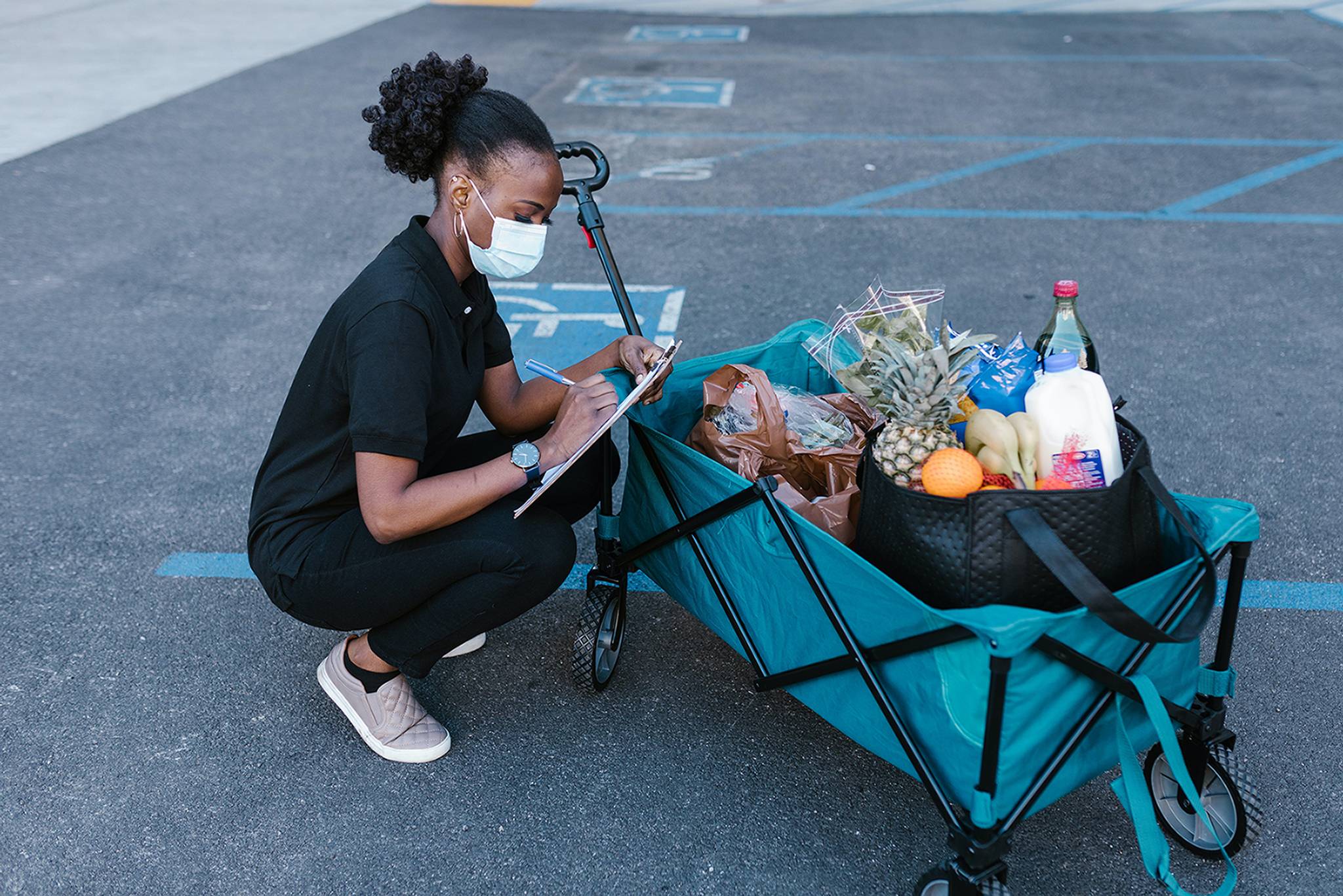Signal21 Jan 2022
Wait-weary people are outsourcing queueing to techQueueing has always been a pain point for customers, but the pandemic added real health risks and longer lines to the mix. With expectations of hyper-convenience having been honed by digital immediacy, people are turning to virtual queuing technology to avoid the hassle of real-life lines.
As people avoid in-person queuing whether due to COVID-19 concerns or because they don’t want to lose time, brands are responding by digitising the queuing process. Whyline, for example, is a digital platform that enables businesses such as banks, shops, and airports to offer digital queues. Customers simply book a slot online using the app and then wait for their turn elsewhere. The app also keeps users updated about their wait time. The Argentinian company, which serves brands including Zara and LAX as well as the city of Lincoln, Nebraska, has been acquired by biometric identity company CLEAR. Another app, Safe Queue, uses GPS to help make social distancing easier, by letting customers join the queue at nearby shops and wait their turn outside, while virtual queues are also being implemented at Universal Orlando.
Thanks to online shopping and superfast delivery, consumers have grown used to instant gratification, and their online expectations are being replicated offline. While some HNWIs are willing to pay others to queue for them, tools like Whyline and Safe Queue enable all customers to avoid long waits that can impact their satisfaction. Given that occupied time generally feels shorter to people, these virtual lines give people the opportunity to get on with other things while they wait, rather than gritting their teeth through dead time. Plus, research shows that even before social distancing became the norm, insufficient personal space can negatively impact people’s experience of a queue, so enabling people to queue away from the crowd is undoubtedly appealing at a time when customers have developed a heightened awareness of safety and hygiene.

©Jacinto Diego (2020)




